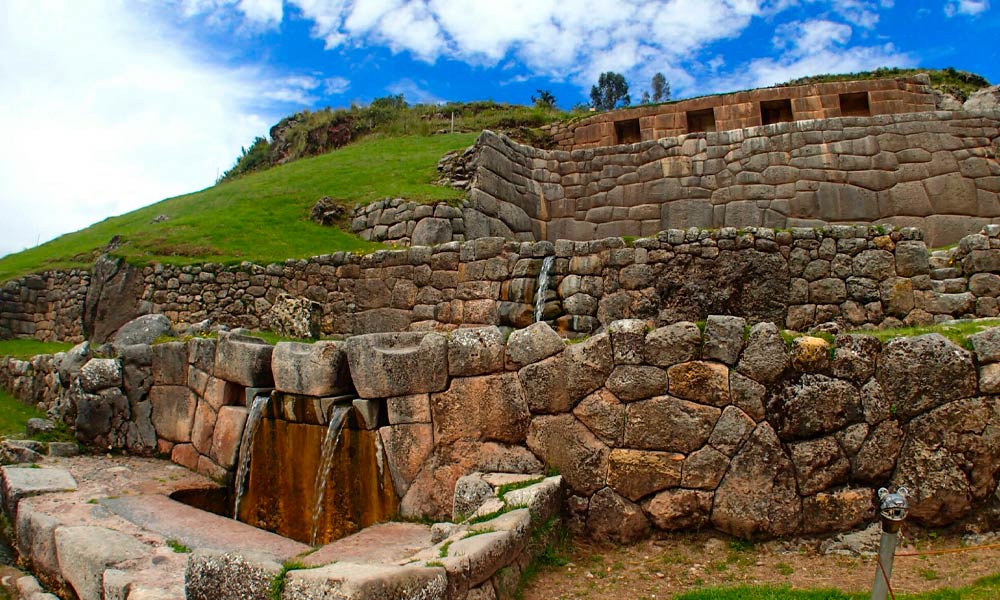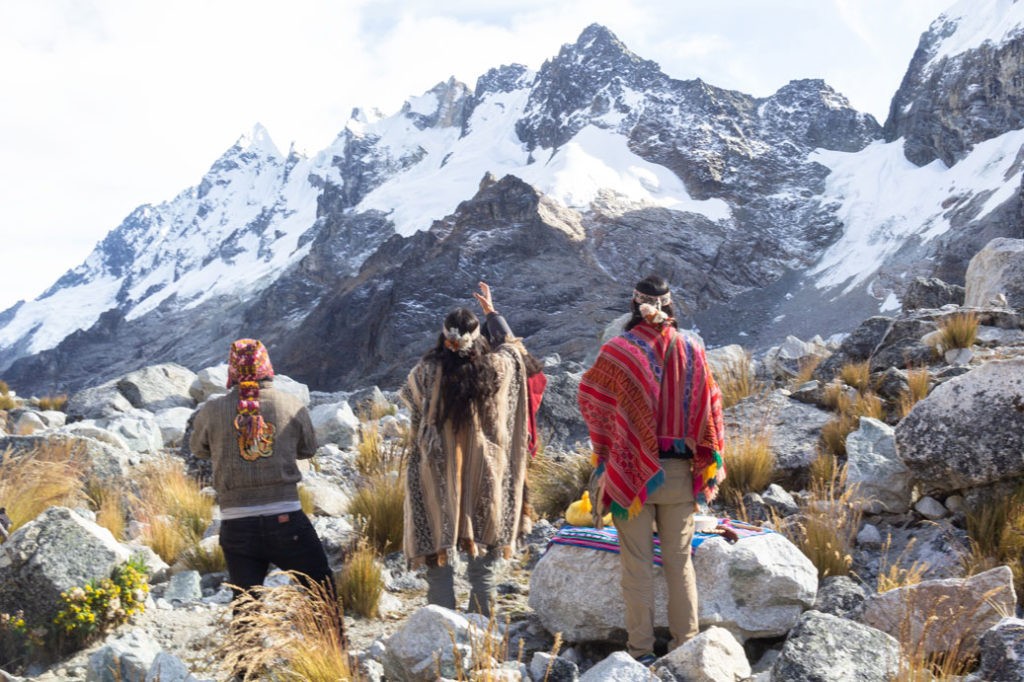The Wari Lost City in Cusco
Discover the Ancient Secrets of Pikillaqta: Step back in time and embark on a journey of historical revelation as we unveil the captivating mysteries of Pikillaqta, often referred to as the “City of the Wari.” This intriguing archaeological site, cradled within the stunning landscapes of the Cusco region, is a place where enigma and history intertwine seamlessly. Join us for an extraordinary adventure as we delve into the profound and enigmatic past of this lost city, which once thrived as a testament to the advanced civilization of the Wari people.
Pikillaqta stands as a profound archaeological enigma, with its origins dating back more than a millennium. Its remarkably preserved structures, encompassing an expanse of over 1,500 acres, tell tales of a society that was remarkably advanced for its time. Here, you’ll find an intricate network of streets, plazas, and residential complexes, each whispering secrets of daily life in the Wari civilization.
As we explore this ancient city, you’ll be transported to an era where innovation and city planning thrived. The Wari people exhibited a profound understanding of urban development, constructing not just buildings but entire urban landscapes. The site’s layout and infrastructure are a testament to their architectural prowess and organizational skills.
But Pikillaqta isn’t just a testament to urban planning; it’s also a treasure trove of cultural insights. The city’s location amid the Andean landscape hints at the Wari’s deep connection with the natural world. The site’s purpose, however, remains a subject of scholarly debate, adding to its enigmatic allure. Some believe it was an administrative center, while others posit its role as a ceremonial site. Regardless of its purpose, Pikillaqta offers an invaluable window into the worldview of a civilization that thrived in ancient Peru.
Venture with us as we tread the streets and plazas of this remarkable archaeological site, and let the ancient stones and structures speak to you of an era long past. This is an opportunity to connect with the spirits of the Wari people, to unravel the mysteries they left behind, and to appreciate the ingenuity of a civilization that carved its mark in the annals of history. Pikillaqta is more than just a site; it’s a portal to the past, inviting you to explore, imagine, and understand the remarkable achievements of the Wari culture.
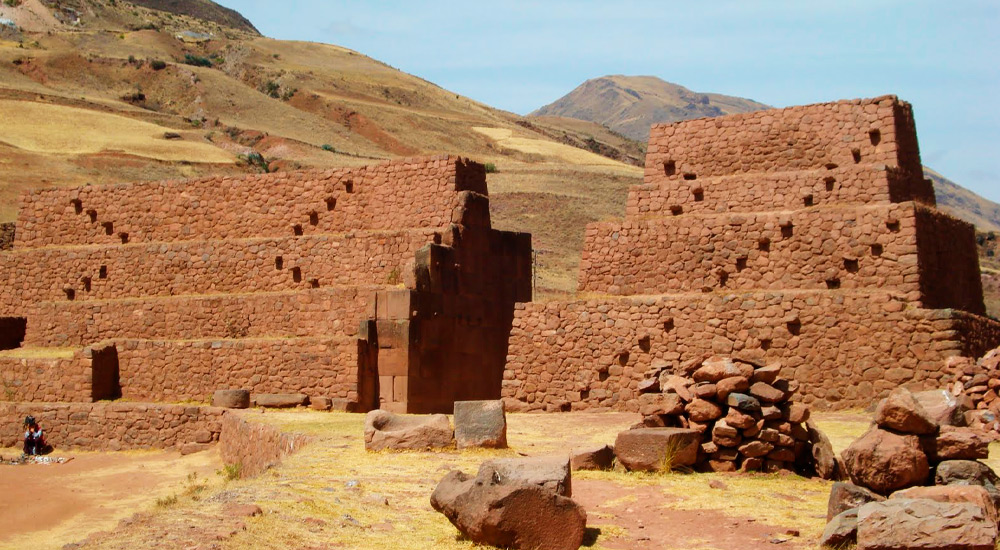
Unveiling the Marvels of Pikillaqta
Pikillaqta, the Enigmatic “City of Fleas”: Prepare to be captivated by the enigmatic charm of Pikillaqta, often referred to as the “City of Fleas.” This sprawling archaeological wonder, with its extensive ruins and intricate architectural layout, beckons you into the heart of a civilization lost to the annals of time. Once a thriving urban center at the heart of the Wari culture, this ancient city now stands as an enduring testament to the extraordinary engineering feats and urban planning prowess of its ancient inhabitants.
As you traverse the labyrinthine remnants of stone structures, the echoes of an era long gone resonate through the air. The plazas and streets that once bustled with life are now silent, offering glimpses into the grandeur of a civilization that thrived centuries ago. This extensive cityscape, meticulously laid out in geometric precision, speaks volumes about the Wari’s profound mastery of construction and their unparalleled ability to create an organized, efficient, and functional society.
Pikillaqta is more than just a collection of ruins; it’s a time capsule that allows you to step back into an era of profound human achievement. The city’s complex layout suggests a highly centralized urban center with multiple functions—some say it was an administrative hub, while others speculate on its ceremonial significance. Regardless of its original purpose, there’s an undeniable sense of awe that emanates from the site. The architectural precision, the advanced infrastructure, and the sheer scale of Pikillaqta stand as a testament to the ingenuity and capabilities of the Wari people.
Our journey through the “City of Fleas” is an opportunity to not only explore the physical remnants of an ancient civilization but to immerse yourself in the mysteries they left behind. It’s a chance to appreciate the beauty of a cityscape that once buzzed with life, to connect with the spirit of an ancient people, and to ponder the questions that still surround this remarkable site. Pikillaqta is a living testament to human achievement, offering a timeless window into the past and an unforgettable experience for modern-day adventurers.
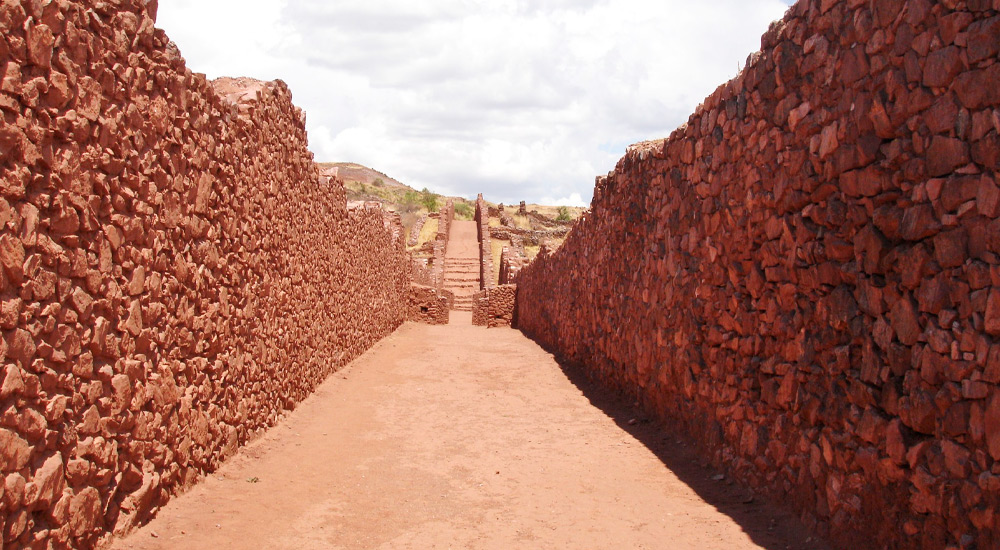
A Window into Wari Civilization
Pikillaqta: A Portal to the Wari World: Pikillaqta stands as a unique portal into the heart and soul of the Wari people, an empire that predates the Inca civilization and left an indelible mark on the Andean landscape. As you explore this remarkable archaeological site, you’ll be transported into the depths of Wari life and culture, where each stone and structure whispers tales of a civilization lost to the sands of time.
Archaeological evidence weaves a fascinating narrative, suggesting that Pikillaqta was far more than just a city; it was a strategic marvel with dual significance as an administrative and ceremonial hub. This duality sheds light on the central role that Pikillaqta played in the region’s intricate political and religious tapestry, underpinning the power and influence of the Wari civilization.
Delving into the depths of this ancient city, you’ll uncover layers of history that reveal the Wari’s agricultural prowess, a testament to their ability to cultivate and sustain a flourishing civilization in a challenging environment. The remnants of terraced fields and irrigation channels speak volumes about their advanced agricultural practices, reflecting a deep connection with the land and its resources.
But the Wari were more than just agricultural innovators. They were also artists, as is evident in the intricate pottery and artistic expressions discovered at the site. These artifacts provide a glimpse into the creative spirit of the Wari people, their love for aesthetics, and their ability to translate their beliefs and daily life into art.
The social structure of the Wari, too, comes into focus as you explore Pikillaqta. The city’s layout and organization suggest a highly organized society, with distinct residential areas and communal spaces. Each structure is a piece of the puzzle that unravels the complex societal structure and daily lives of the Wari people.
The strategic location of Pikillaqta near the Qanchis River unveils the Wari’s ingenuity in harnessing water resources to support their civilization. This placement allowed them to not only survive but thrive in a region known for its harsh climate. The irrigation systems and water management techniques employed by the Wari are a testament to their advanced understanding of engineering and resource utilization.
As you wander through this archaeological treasure trove, you’ll become a part of the ongoing exploration of a civilization that defies easy categorization. Pikillaqta is an open book of the Wari’s achievements, a place where history comes alive, and the legacy of an extraordinary people is preserved for the curious traveler to discover and appreciate.
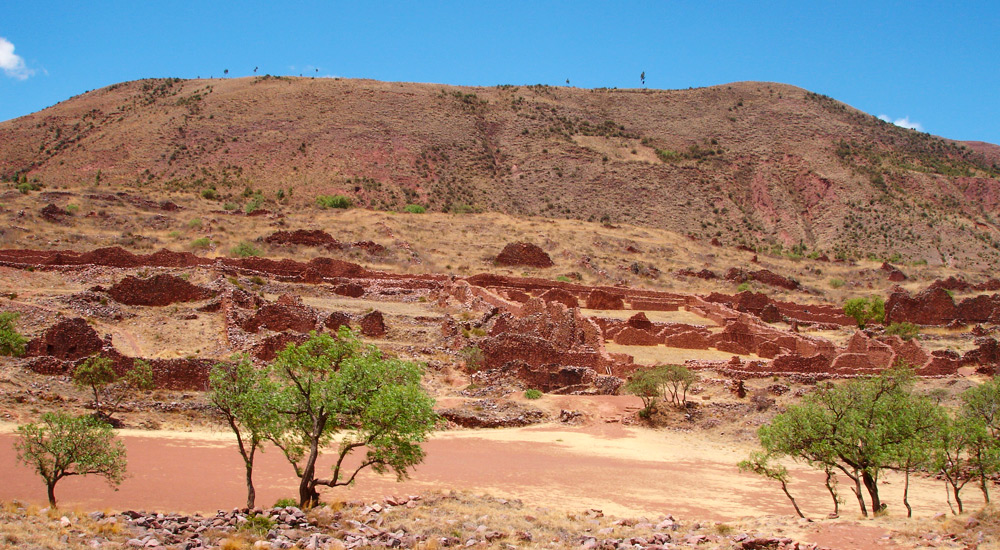
A Journey through Time
Embarking on a visit to Pikillaqta is akin to stepping into a time machine, where the whispers of history, carried by the winds that rustle through ancient stones, transport you to a distant era. The significance of this site and the architectural grandeur on display culminate in an immersive experience that allows you to traverse the annals of time, immersing yourself in an epoch of profound human ingenuity and extraordinary cultural sophistication.
Walking through the labyrinthine streets and plazas of Pikillaqta, you become an explorer of the past, traversing the very paths where the Wari people once trod. The structures, meticulously crafted and remarkably preserved, reflect a level of architectural finesse that continues to astound modern visitors. The sheer scale and intricacy of the cityscape are a testament to the Wari’s remarkable engineering skills and their ability to create not just buildings but entire urban landscapes that seamlessly blended form and function.
The historical significance of Pikillaqta is deeply rooted in its dual role as an administrative and ceremonial center, underscoring its pivotal place in the region’s political and religious landscape. As you roam the city’s ruins, you can’t help but ponder the ceremonies, governance, and daily life that once unfolded within these stone walls. The echoes of a civilization that once thrived here become vivid, and you become an integral part of the ongoing exploration of this extraordinary chapter in history.
The immersive quality of Pikillaqta isn’t just confined to its historical significance. It’s also a testament to the Wari’s profound cultural sophistication. The artifacts and remnants found on-site, from intricately designed pottery to expressive art forms, are a testament to a society that celebrated not only practicality but also aesthetics, and where art and daily life were deeply intertwined.
Pikillaqta, with its strategic location near the Qanchis River, also offers a glimpse into the Wari’s relationship with their natural surroundings. The advanced irrigation systems and water management techniques they employed here reflect their deep understanding of the land and their ability to harness its resources.
In every step through Pikillaqta, you walk in the footsteps of a civilization that has long faded into history. It’s an experience that allows you to bridge the gap between the past and the present, to touch the enduring stones and feel the resonance of a culture that thrived in this very place. It’s a journey of wonder and contemplation, an opportunity to embrace a legacy of human achievement, and a chance to understand, appreciate, and celebrate the enduring spirit of the Wari people.

Pikillaqta: A Hidden Gem of Cusco
While the grandeur of Inca sites may dominate the landscape of historical wonders in Peru, Pikillaqta stands as a hidden gem, patiently awaiting those who seek to explore its mysteries. This remarkable archaeological site, though often overshadowed by its more renowned Inca counterparts, possesses a charm that extends far beyond its historical significance. It offers a unique tranquility that allows visitors to engage with the ancient world on a more intimate and personal level.
The allure of Pikillaqta resides not only in its historical value but in the sense of quiet and serenity that envelops the site. Here, you can walk amidst the remnants of a civilization that predated the Inca, unencumbered by bustling crowds and the frenetic energy of more popular tourist destinations. This tranquility opens up space for a more profound connection with the past, where you can almost feel the echoes of the Wari people who once inhabited this city.
Pikillaqta offers a stark departure from the bustling pace of modern life. As you explore its ancient streets and plazas, you’ll find yourself transported to a world that moves at a different rhythm, one that allows for contemplation and introspection. The ability to roam the city’s remnants at your own pace creates a unique opportunity to forge a personal connection with this remarkable archaeological site.
This intimacy with history is not only about observing the past but about experiencing it. It’s a chance to touch the weathered stones, to feel the texture of ancient walls, and to imagine the lives that unfolded within these structures. The solitude allows you to listen to the whispers of the past and to engage with the remnants of a civilization that continue to share their stories with those who choose to listen.
In the shadow of more renowned sites, Pikillaqta remains a testament to the depth and diversity of Peru’s historical tapestry. It’s an unassuming treasure that invites exploration, reflection, and a unique kind of communion with the past. It’s a place where history and tranquility combine to create an experience that resonates with the soul and leaves a lasting impression on all who are fortunate enough to discover it.
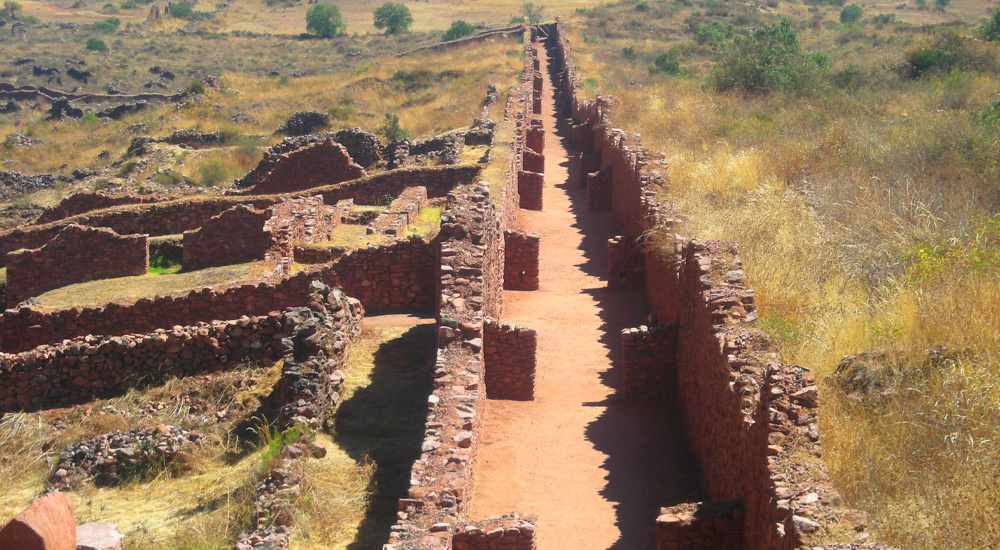
Uncover the Enigma of Pikillaqta
We invite you to accompany us on an extraordinary journey of discovery, one that will unravel the enigmatic mysteries of Pikillaqta. Here, amidst the breathtaking landscapes of the Andean highlands, we’ll lead you into the heart of an ancient city that thrived in times long past, a city that has left a remarkable legacy that continues to captivate and inspire generations.
As we traverse the labyrinthine streets and plazas of Pikillaqta, you’ll bear witness to the awe-inspiring wonders of a civilization that once flourished in this very place. The echoes of the past will beckon you closer, inviting you to explore a world where the Wari people lived, worked, and celebrated life. You’ll have the rare privilege of stepping into the footsteps of this ancient culture, connecting with their legacy in a way that transcends the constraints of time.
The magic of Pikillaqta lies not only in its remarkable preservation but also in its resilience against the march of centuries. As you roam the city’s ruins, you’ll encounter a sense of timelessness, a feeling that the past and present are intricately entwined. Each stone, each structure, each cobblestone street tells a story that has transcended generations, and as you touch these enduring remnants, you become a part of that narrative.
To explore Pikillaqta is to embrace the spirit of adventure and curiosity that led the Wari to establish this city in the first place. It’s an opportunity to engage with a culture that was a marvel of its time, displaying astounding architectural prowess, cultural sophistication, and a deep connection with the land they inhabited.
Pikillaqta, this lost city in the highlands, may have been forgotten by many, but it has not forgotten its purpose—to captivate and inspire. Join us as we journey through time, peeling back the layers of history and gazing upon the wonders of a civilization that, despite the passage of centuries, has left an indelible mark on the landscape and continues to inspire awe and wonder in the hearts of all who encounter it.

